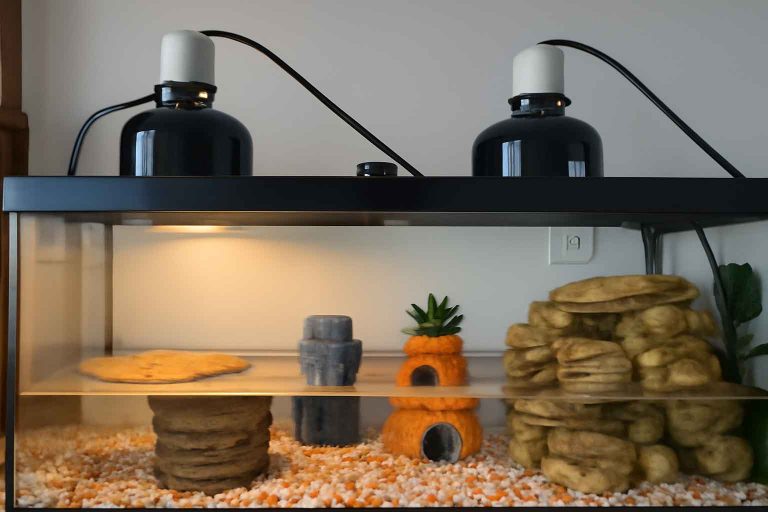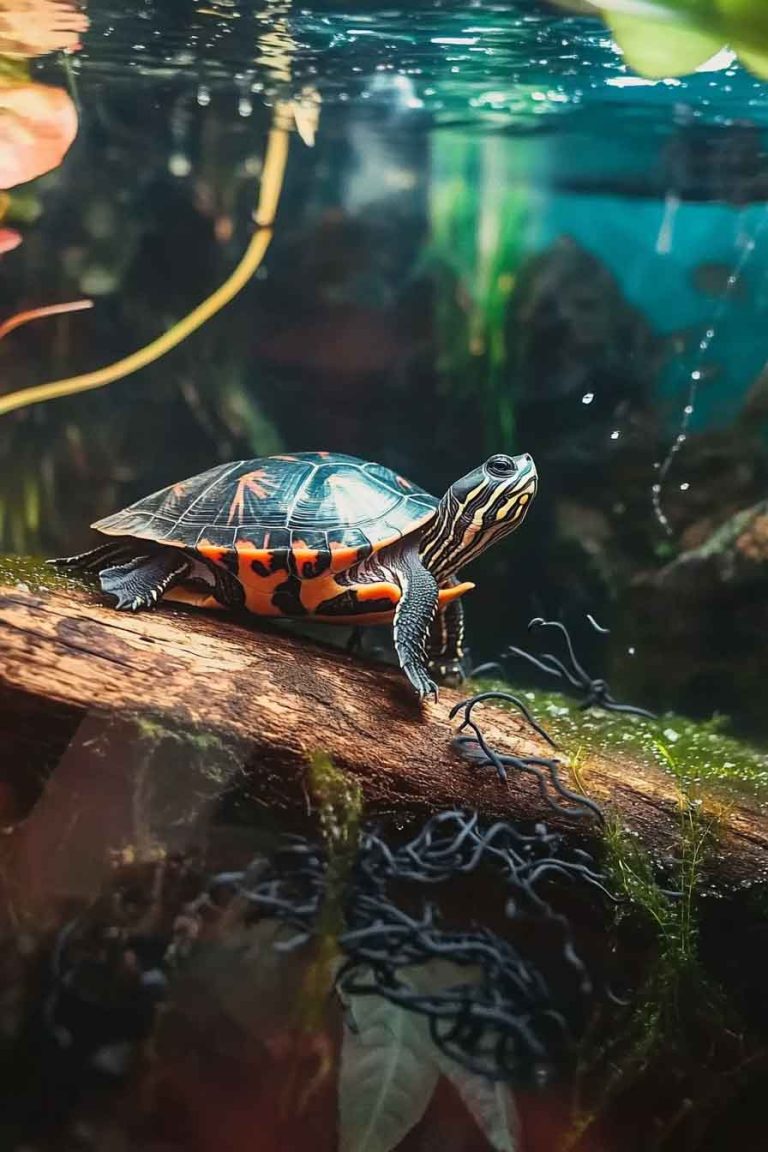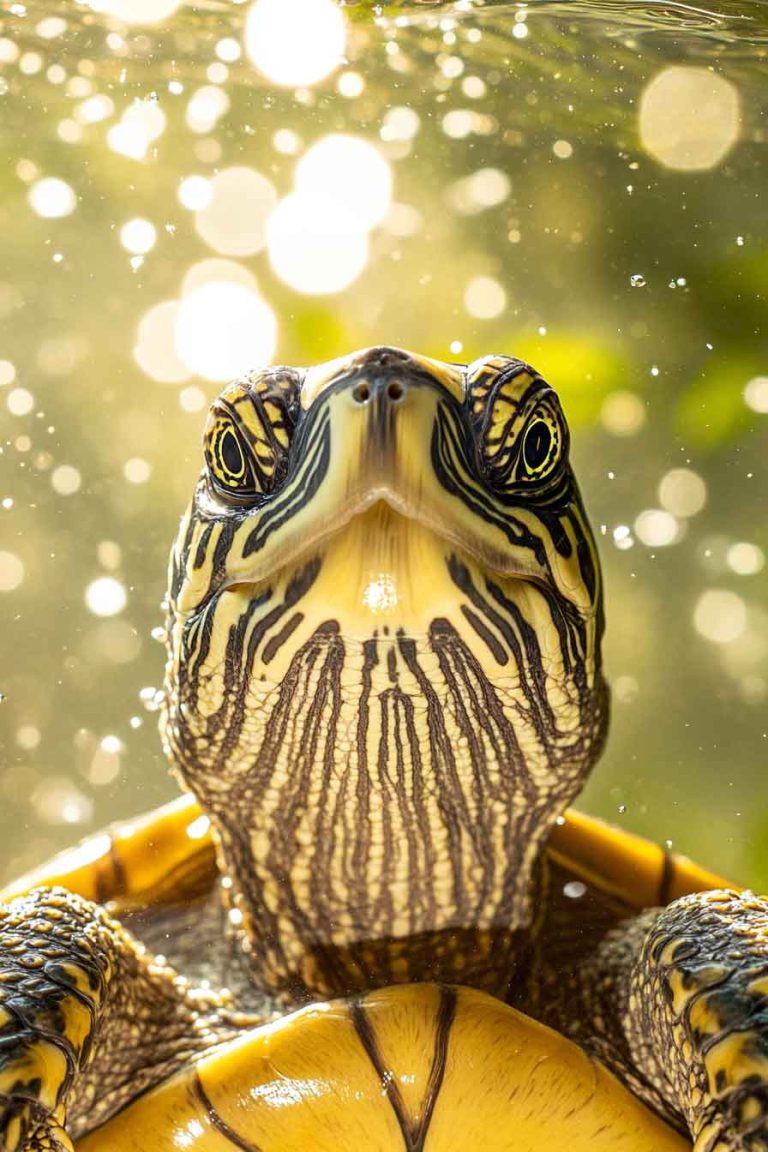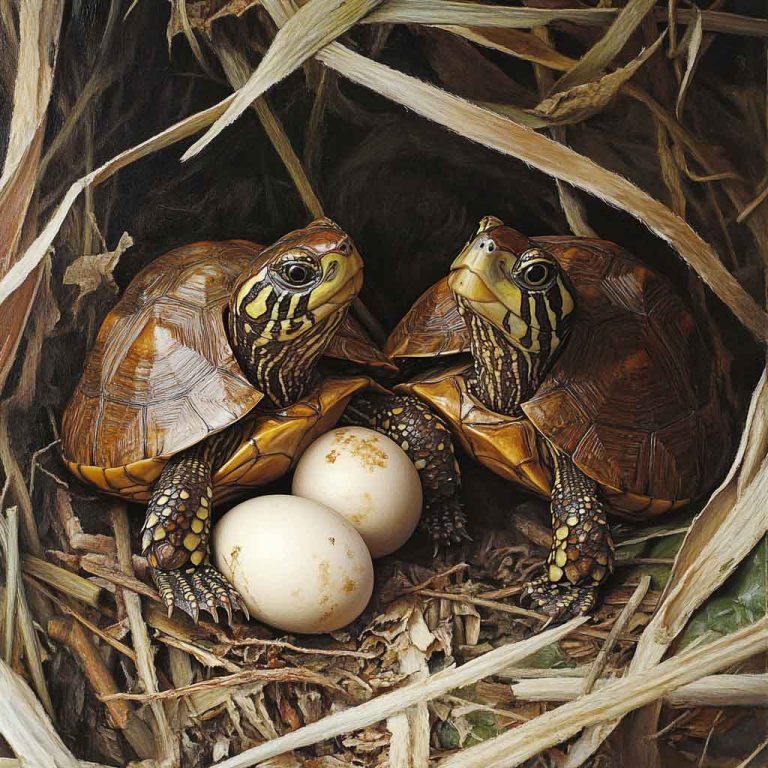What Do Turtles Like to Play With? Tips to Keep Them Entertained
Turtles are fascinating pets, known for their calm demeanor and unique behaviors. While they may not be as interactive as dogs or cats, turtles can still engage in playful activities and benefit from enrichment to keep them mentally and physically stimulated. If you’re wondering what turtles like to play with or how to keep them…
Turtles are fascinating pets, known for their calm demeanor and unique behaviors. While they may not be as interactive as dogs or cats, turtles can still engage in playful activities and benefit from enrichment to keep them mentally and physically stimulated. If you’re wondering what turtles like to play with or how to keep them entertained, this guide will provide you with all the details you need.
In this article, we’ll explore the types of toys and activities turtles enjoy, how to create an enriching environment for them, and other helpful tips to ensure your pet turtle stays happy and healthy.
What Do Turtles Like to Play With?
Turtles may not “play” in the traditional sense, but they are curious creatures that interact with their environment in ways that stimulate their senses. Providing them with objects and activities that mimic their natural behaviors can keep them engaged. The types of items turtles enjoy depend on whether they are aquatic, semi-aquatic, or terrestrial, but most turtles respond well to objects that encourage exploration, foraging, or movement.
Here are some examples of what turtles like to interact with:
Floating Objects for Aquatic Turtles
Aquatic turtles, such as red-eared sliders, enjoy interacting with floating objects in their tanks. Items like ping-pong balls, small plastic balls, or floating turtle toys can be nudged around the water. These objects stimulate their curiosity as they push or chase them while swimming.
Hiding Spots and Obstacles
Turtles love to explore and hide. Adding structures like PVC pipes, ceramic caves, or natural driftwood to their enclosure gives them places to investigate or rest. For terrestrial turtles, such as box turtles, you can include small tunnels or hollow logs to encourage exploration.
Food-Based Enrichment
Turtles are highly motivated by food. Scattering their food in different areas of the tank or hiding it inside toys, like treat-dispensing balls, can mimic their natural foraging behavior. For aquatic turtles, you can use floating feeders or place food in different corners of the tank to encourage them to search.
Natural Elements
Incorporating natural elements like rocks, pebbles, or live plants (safe for turtles) can make their environment more engaging. Terrestrial turtles may enjoy digging in a substrate like coconut coir or pushing around small stones, while aquatic turtles might swim through or rest on submerged plants.
Let’s Take a Closer Look at Why Enrichment Matters:
Mental Stimulation
Turtles are intelligent creatures that need mental challenges to prevent boredom. Without stimulation, they may become lethargic or stressed, which can impact their health. Toys and activities encourage problem-solving and keep their minds active.
Physical Activity
Interacting with objects or navigating obstacles promotes physical exercise, which is essential for maintaining a healthy weight and strong muscles. For example, swimming after a floating toy or climbing over a rock helps aquatic turtles stay active.
Mimicking Natural Behaviors
In the wild, turtles spend time foraging, exploring, and seeking shelter. Providing toys and enrichment that replicate these behaviors helps captive turtles express their instincts, leading to a more fulfilling life.

How Can You Keep Your Turtle Entertained?
Keeping your turtle entertained goes beyond just adding toys to their enclosure. It involves creating a dynamic environment that encourages natural behaviors and provides opportunities for interaction. Below are some practical ways to ensure your turtle stays engaged and happy.
Create a Stimulating Tank Setup
The tank itself is the foundation of your turtle’s entertainment. For aquatic turtles, ensure the tank has a mix of water and a dry basking area with a heat lamp and UVB light. Add variety with different depths of water, ramps, or platforms for climbing. For terrestrial turtles, include a substrate they can dig in, such as coconut coir or organic soil, and add plants or logs for exploration.
- Tip: Rotate or rearrange items in the tank every few weeks to keep the environment fresh and encourage your turtle to explore anew.
Introduce Safe Toys
Toys for turtles should be safe, non-toxic, and durable. Avoid anything with sharp edges or small parts that could be swallowed. Some great options include:
- Floating toys: For aquatic turtles, try floating corks, plastic balls, or turtle-specific toys that bob on the water’s surface.
- Treat toys: Use puzzle feeders or hollow toys where you can hide food to encourage foraging.
- Natural items: Smooth rocks, shells, or pieces of driftwood can be great for climbing or pushing around.
Always monitor how your turtle interacts with new toys to ensure they’re safe and engaging.
Encourage Foraging and Hunting
Mimicking a turtle’s natural foraging instincts is a great way to keep them entertained. Instead of placing food in the same spot every day, try these ideas:
- Scatter food across the tank or hide it under plants or rocks.
- Use a feeding toy that releases food slowly as the turtle interacts with it.
- For aquatic turtles, release live, safe prey like feeder fish or shrimp (if appropriate for their diet) to encourage hunting behavior.
- Note: Always ensure any live prey is safe and suitable for your turtle’s species to avoid injury or stress.
Interact with Your Turtle
While turtles aren’t as social as some pets, they can still benefit from gentle interaction with their owners. Spend time observing your turtle and learn their personality—some turtles may enjoy watching you or responding to your presence. You can also try hand-feeding (with caution) to build trust or gently move a toy in the tank to spark their curiosity.
- Caution: Avoid overhandling your turtle, as this can cause stress. Let them engage on their terms.
Provide Opportunities for Exploration
For terrestrial turtles, consider setting up a safe, enclosed outdoor area (weather permitting) where they can roam and experience new sights and smells. Ensure the area is escape-proof and free of toxic plants or predators. For aquatic turtles, occasionally changing the layout of their tank or adding new decorations can provide a similar sense of novelty.
Common Mistakes to Avoid When Entertaining Your Turtle
While providing toys and enrichment is important, there are some common pitfalls to avoid to ensure your turtle’s safety and well-being. Here are a few mistakes to watch out for:
Using Unsafe Materials
Avoid introducing toys or objects made of materials that could harm your turtle, such as painted wood, plastic with sharp edges, or items that could break apart and be ingested. Always choose turtle-safe, non-toxic items and inspect them regularly for wear and tear.
Overcrowding the Tank
While it’s tempting to fill the tank with toys and decorations, too many items can make the space feel cramped and stressful. Ensure there’s enough open space for your turtle to swim or move comfortably, and follow the guideline of 10 gallons of water per inch of shell for aquatic turtles.
Ignoring Species-Specific Needs
Different turtle species have unique preferences and requirements. For example, red-eared sliders love swimming and need ample water, while box turtles prefer digging and exploring on land. Research your turtle’s species to tailor their enrichment activities appropriately.
Neglecting Water Quality or Tank Maintenance
Toys and food-based enrichment can sometimes lead to messier tanks, especially for aquatic turtles. Poor water quality can stress your turtle and discourage them from engaging with their environment. Regularly clean the tank and use a good filtration system to maintain optimal conditions.
FAQs:
1. Do turtles get bored?
Yes, turtles can become bored if their environment lacks stimulation. Boredom may lead to lethargy, reduced appetite, or repetitive behaviors. Providing toys, foraging opportunities, and a varied tank setup can help keep them engaged.
2. Can I use household items as turtle toys?
Some household items, like ping-pong balls or smooth rocks, can be safe for turtles, but always ensure they’re non-toxic, free of sharp edges, and too large to be swallowed. Avoid items that could leach chemicals or break apart in the tank.
3. How do I know if my turtle is enjoying a toy?
If your turtle interacts with a toy by pushing, chasing, or exploring it, they’re likely enjoying it. However, if they ignore it or seem stressed, try a different type of toy or enrichment activity.
Final Word
Turtles may not play like other pets, but they thrive in environments that stimulate their natural instincts and curiosity. By providing safe toys, creating a dynamic tank setup, and encouraging foraging and exploration, you can keep your turtle entertained and healthy. Always tailor enrichment to your turtle’s species and monitor their reactions to ensure they’re enjoying their activities.
Avoid common mistakes like using unsafe materials or overcrowding the tank, and maintain a clean, well-balanced environment to support your turtle’s well-being. With a little creativity and attention, you can ensure your turtle lives a happy, enriched life.







